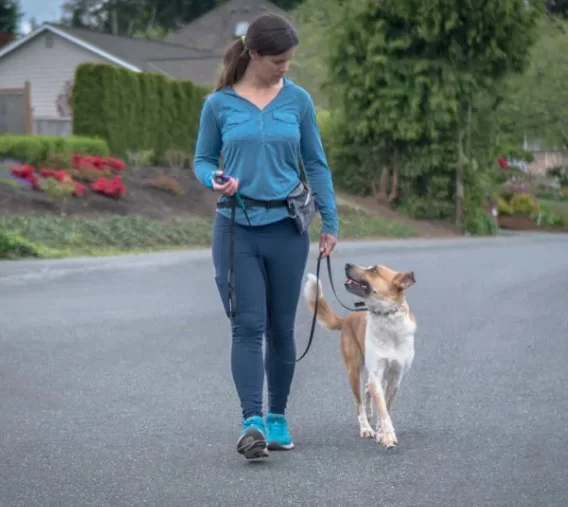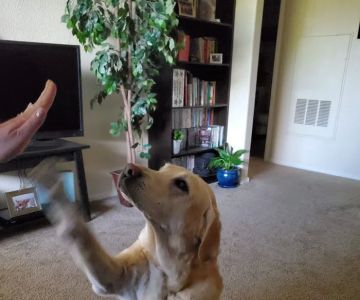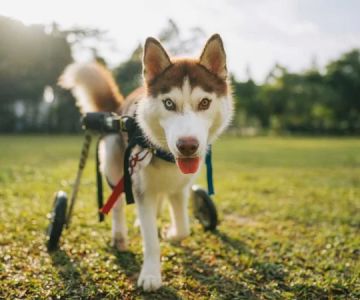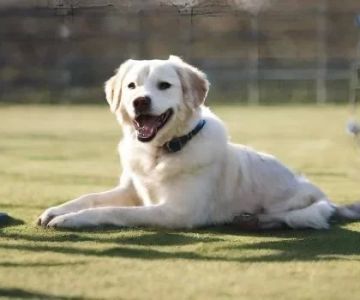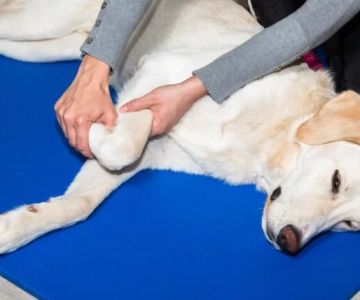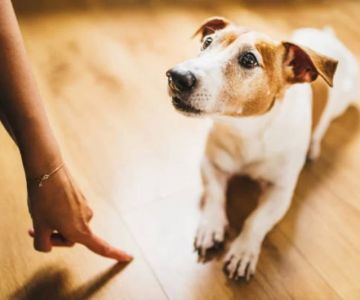- #understanding-loose-leash-walking - what-it-means - why-it-matters
- #preparing-for-training - choosing-the-right-gear - setting-your-dog-up-for-success
- #training-techniques - step-by-step-methods - rewards-and-timing
- #common-mistakes - what-to-avoid - how-to-correct
- #real-world-stories - success-cases - trainer-insights
- #expert-tips - hidden-brook-veterinary-guidance - long-term-consistency
1. Understanding Loose Leash Walking
1.1 What loose leash walking really means
Loose leash walking refers to a dog walking calmly beside its owner without pulling, lunging, or lagging behind. The leash should form a soft “J” shape, signaling that the dog is focused but relaxed. This behavior doesn’t come naturally—it’s a learned skill that requires patience and consistent practice.
1.2 Why leash manners matter for your dog’s well-being
Leash training isn’t just about convenience—it’s about safety and communication. Dogs that pull are at greater risk of injuries, tangled leashes, and stressful walks. Proper leash etiquette creates harmony between dog and handler, reducing frustration and promoting trust. A dog trained in loose leash walking can enjoy longer, happier walks, strengthening the bond with its human.

10645 N Tatum Blvd ste 200 454, Phoenix, AZ 85028, USA
See Details2. Preparing for Training
2.1 Choosing the right leash and harness
Before training begins, selecting appropriate gear is key. Avoid retractable leashes—they encourage pulling by allowing variable tension. Instead, choose a 4–6 foot standard leash and a comfortable, well-fitted harness or collar. For dogs that pull excessively, a front-clip harness provides better control while reducing strain on the neck. Professionals at Hidden Brook Veterinary often recommend investing in high-quality gear that supports both comfort and training success.
2.2 Setting up a positive learning environment
Start training in a quiet, low-distraction environment such as your backyard or living room. Gradually progress to busier areas once your dog learns the basics. Bring small, soft treats your dog loves—training should always be reward-based. Remember that patience is key; dogs learn through repetition and positive association, not punishment.
3. Training Techniques for Loose Leash Walking
3.1 Step-by-step training methods
Begin by standing still and waiting for your dog to focus on you. The moment the leash slackens, reward your dog with a treat and praise. Take a step forward; if the leash stays loose, continue walking and rewarding every few steps. If your dog pulls, stop immediately and wait until they return to your side before moving again. This teaches them that pulling gets them nowhere, but calm walking earns progress and rewards.
3.2 The power of rewards and timing
Timing is everything. Deliver treats immediately when your dog maintains a loose leash or makes eye contact. Over time, you can replace food rewards with verbal praise, gentle pats, or freedom to sniff as a natural reward. Gradually increase walking distance and distractions as your dog improves. Consistency is the foundation of success.
4. Common Mistakes and How to Avoid Them
4.1 Pulling back or yelling
Many owners instinctively pull back on the leash or scold their dog when it lunges forward. This often backfires, increasing tension and confusion. Instead, use calm body language and stop walking when the leash tightens. Patience communicates more effectively than frustration, and your dog will begin to mirror your energy.
4.2 Overlooking mental stimulation
A dog that constantly pulls may simply be bored or under-stimulated. Incorporate short play sessions or scent games before walks to release excess energy. Remember, training should balance physical exercise with mental engagement—this helps dogs stay focused and calmer on leash.
5. Real-Life Stories and Trainer Insights
5.1 How one rescue dog mastered loose leash walking
A great example comes from a client at Hidden Brook Veterinary who adopted a high-energy Labrador named Max. Initially, walks were exhausting—Max pulled toward every squirrel and passerby. With consistent daily training and positive reinforcement, he learned to walk calmly within a few weeks. His owner noted that the key was “rewarding good moments, not punishing bad ones.”
5.2 Professional trainers’ advice
Behavior experts emphasize the importance of consistency and patience. Dogs thrive on clear communication and structure. Short, frequent sessions—just 5 to 10 minutes—are often more effective than long, overwhelming walks. Trainers also recommend maintaining relaxed posture and a cheerful tone to reinforce positive experiences.
6. Expert Tips from 【Hidden Brook Veterinary 】
6.1 When to seek professional guidance
If your dog continues to struggle despite consistent effort, professional help can make a world of difference. Hidden Brook Veterinary offers behavioral consultations and training recommendations tailored to individual dogs. Sometimes medical factors, such as joint discomfort or anxiety, may contribute to leash reactivity, and expert insight helps address the root cause.
6.2 Building lasting habits for calm, happy walks
Loose leash walking isn’t a one-time achievement—it’s an ongoing practice. Reinforce calm behavior during every walk and stay mindful of your dog’s emotional state. Over time, walks will transform from tug-of-war battles into peaceful, bonding moments. With the right guidance from Hidden Brook Veterinary, you and your dog can enjoy every step of the journey together.

